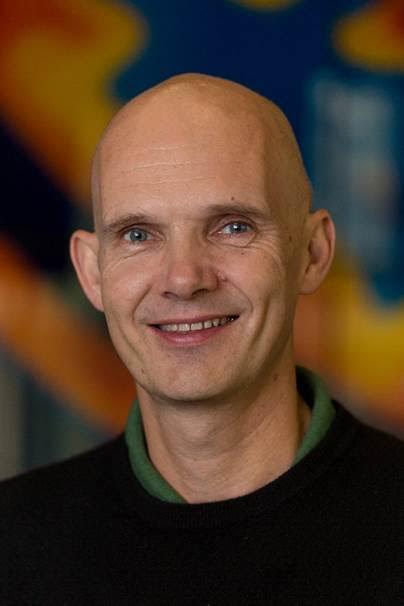
Abstract
The evolution of organic electronics has now reached the commercial phase, with the recent market introduction of the first prototypes based on organic transistors and organic solar cell modules fabricated from solution. Understanding the impact of both the organic semiconductor design and processing conditions, on both molecular conformation and thin film microstructure has been demonstrated to be essential in achieving the required optical and electrical properties to enable these devices. Polymeric semiconductors offer an attractive combination in terms of appropriate solution rheology for printing processes, mechanical flexibility for rollable processing and applications, but their optical and electrical performance requires further improvement in order to fulfil their potential. Organic solar cell efficiencies are currently increasing rapidly based on organic bulk heterojunction devices. Central to these device efficiency improvements are the development of new photoactive semiconducting donor and acceptor materials, designed at the molecular level to optimize both absorption of the long wavelength region of the solar spectrum and generation of high cell voltages. This presentation will examine some of the key design strategies to control the molecular orbital energy levels and microstructure of polymer and small molecule light absorbing semiconductors and illustrate structure property relationships with examples of device electrical and optical characterization. In addition, optical sensor semiconductor polymers for ion detection will be described.
Biography
Iain McCulloch holds positions as Professor of Chemical Science within the Division of Physical Sciences and Engineering of KAUST, and a Chair in Polymer Materials within the Chemistry Department at Imperial College. He is also the Director of KAUST Solar Center, and a co-founder and director of Flexink Limited. Previously, he spent 18 years managing industrial research groups at Hoechst Corporation in the US and Merck in the UK, focused on understanding the control of microstructure and energy levels in conjugated aromatic semiconducting molecules.
He is co-inventor on over 60 patents and co-author on over 300 papers with a current h-index of 81. His papers have been cited over 27000 times. He was cited in Thompson Reuters “Global Top 100 Materials Scientists, 2000-10, Ranked by Citation Impact” at number 35 globally and number 2 in the UK, and was listed on ISI Highly Cited Researchers List from 2014-2017 for Materials Science and additionally in 2017 for Chemistry. He was awarded the 2009 Royal Society of Chemistry, Creativity in Industry Prize, the 2014 Royal Society of Chemistry Tilden Prize for Advances in Chemistry and a 2014 Royal Society Wolfson Merit Award.